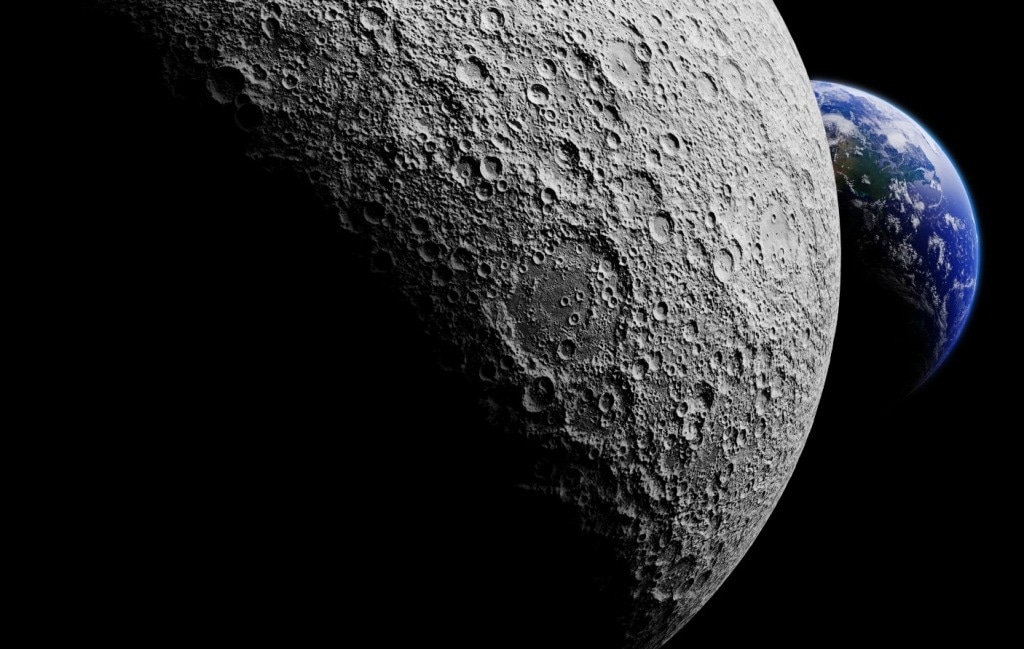
Scientists have used META's Segment Anything Model to create a new technique for detecting planetary craters, which could be used in future space missions. Image Credit: University of Aberdeen
SAM, released in April 2023, is known as a new artificial intelligence model that has the potential to automatically “cut out” any object present in any image.
The technology has enabled the group to map craters automatically rather than doing so manually—a laborious process. Simultaneously, using different kinds of data enables highly precise and adaptable surface characterization.
The CDA method has the potential to work with various data and celestial bodies, thereby providing it the possibility to be a universal solution for crater detection on several planetary surfaces.
Also, it could help determine possible landing sites for robotic or human missions and possibly be utilized for automatic navigation depending on the terrain observations.
Dr. Iraklis Giannakis, from the University’s School of Geosciences, headed the study in partnership with collaborators from the University.
Crater detection is a crucial task in planetary science enabling us to better understand the geology, history, and evolution of celestial bodies such as Mars, the Moon, and other planets. Our universal CDA approach leverages the power of SAM to automatically detect craters with high accuracy and efficiency, reducing the need for manual identification.
Dr. Iraklis Giannakis, School of Geosciences, University of Aberdeen
Giannakis added, “With its advanced segmentation capabilities, SAM has proven to be a game-changer for CDA, allowing us to accurately identify craters of various sizes, shapes, and orientations—even in challenging terrain conditions.”
Dr. Giannakis stated that the development of the CDA has paved the way for new possibilities for planetary science and also for exploration missions in the future.
By automatically mapping craters scientists can study their distribution, size, and morphology to better understand the planetary surface and its evolution over time. This can help in uncovering the geological history, surface processes, and potential habitability of a planet or moon.
Dr. Iraklis Giannakis, School of Geosciences, University of Aberdeen
Giannakis added, “Craters can also be potential sources of valuable resources, such as water ice on planetary bodies like the Moon or Mars. By automatically mapping craters, scientists can identify potential locations where resources may be concentrated, which can be important for future human missions and for planning resource utilization strategies in space exploration scenarios.”
Mapping planet and moon craters with Meta AI's SAM
Video Credit: University of Aberdeen.